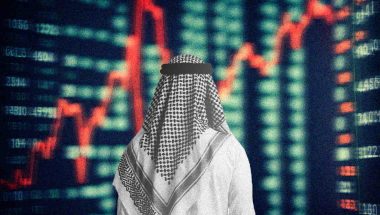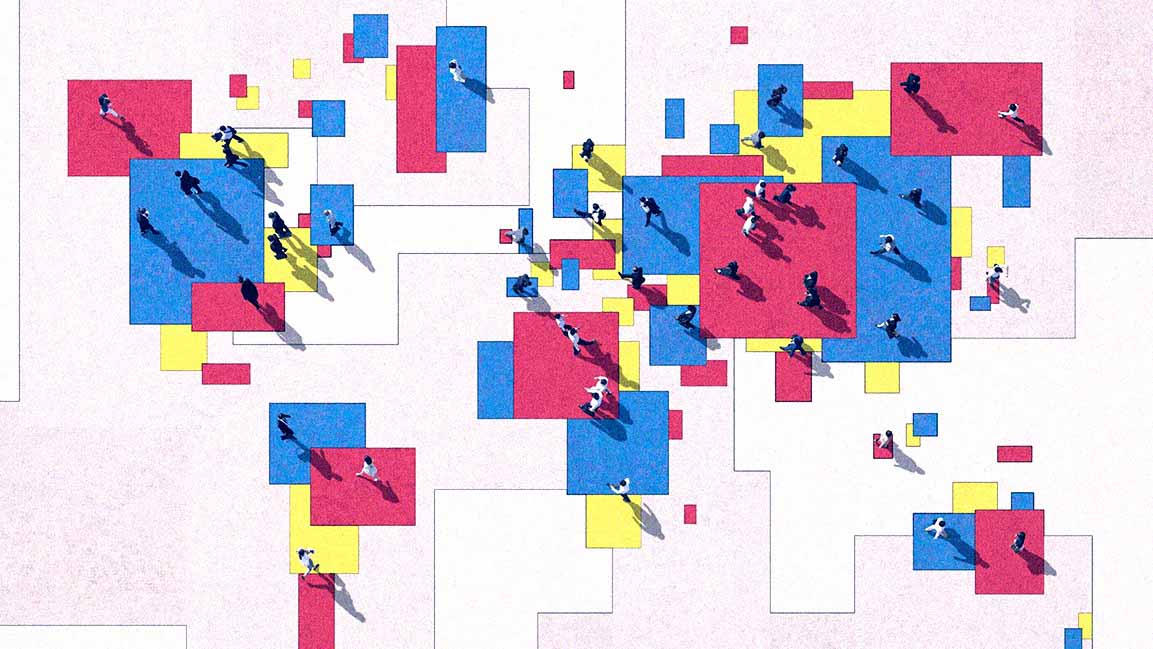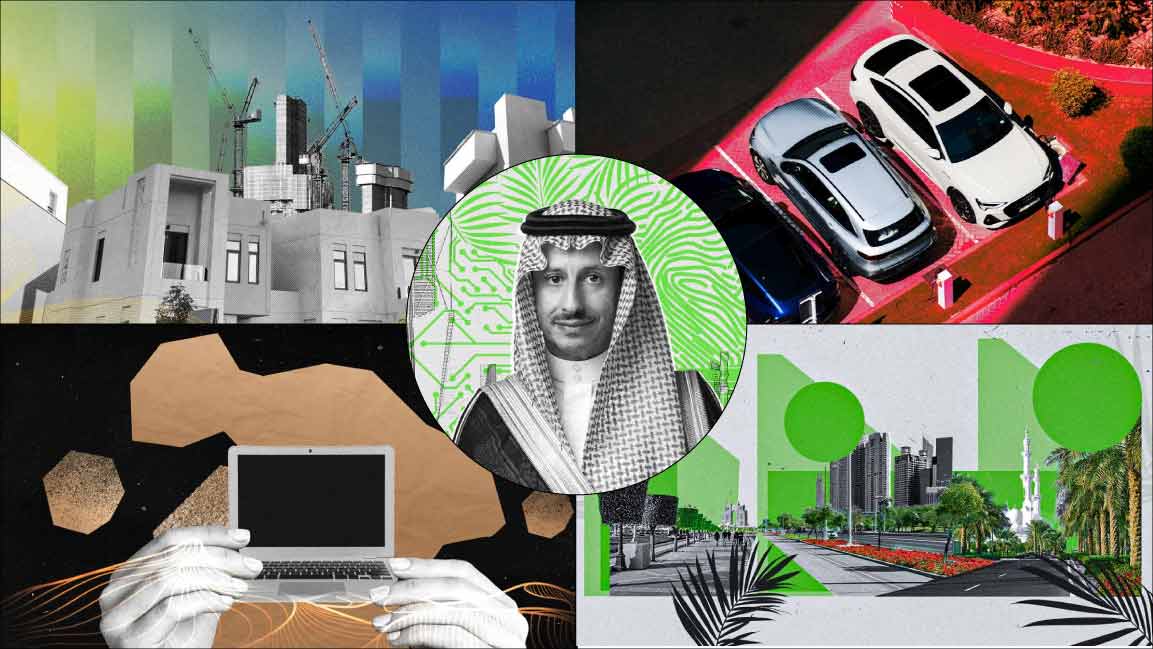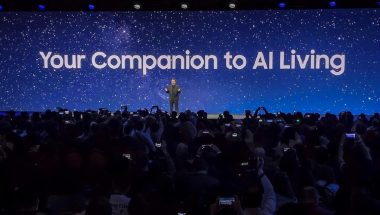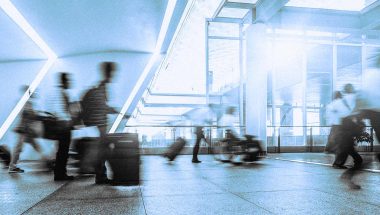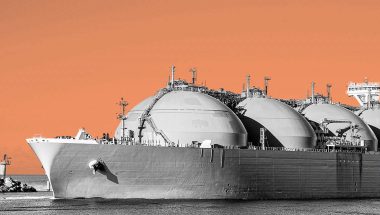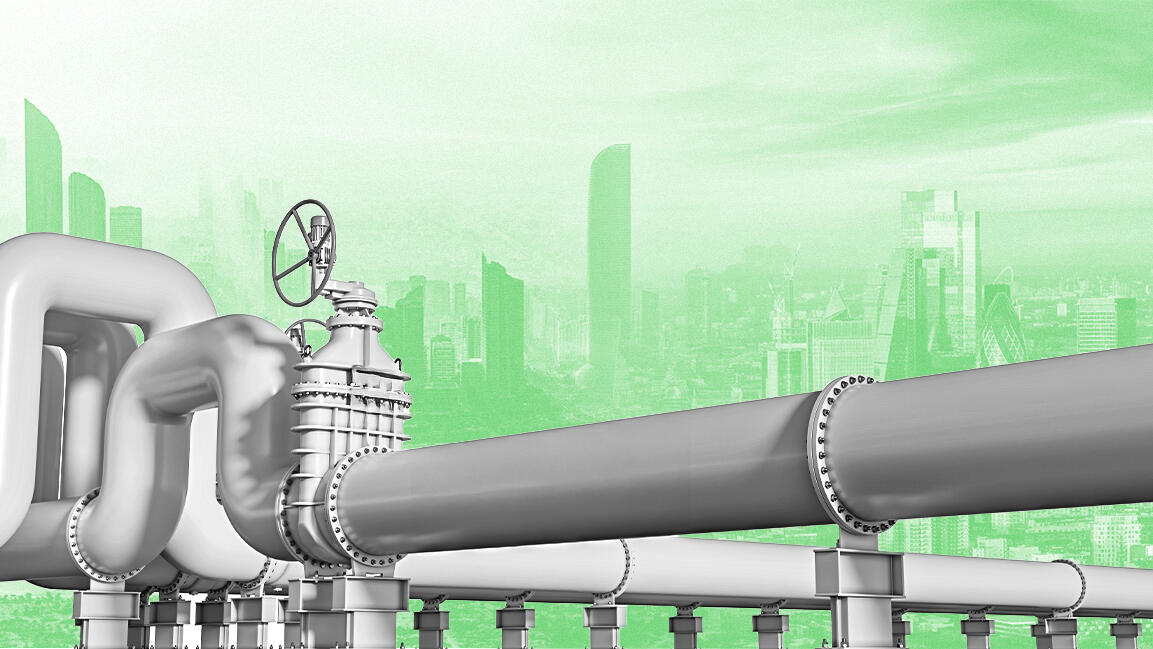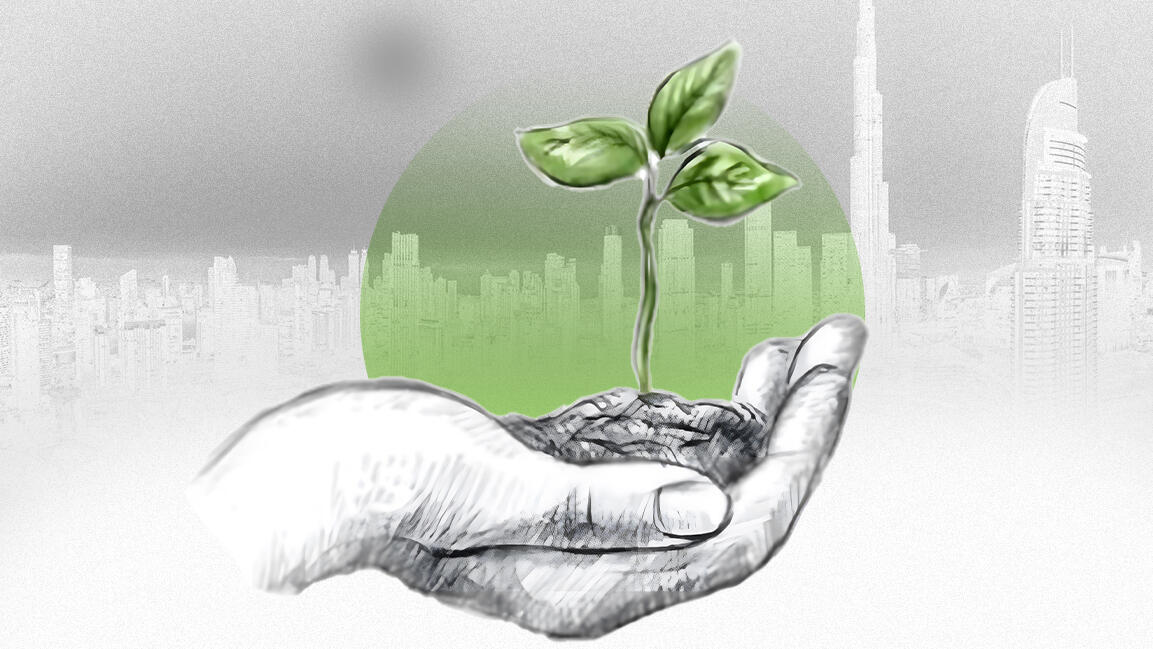- | 9:00 am
How can cities in the Middle East be more livable?
In the future, can Middle Eastern cities rank among the world’s best cities?
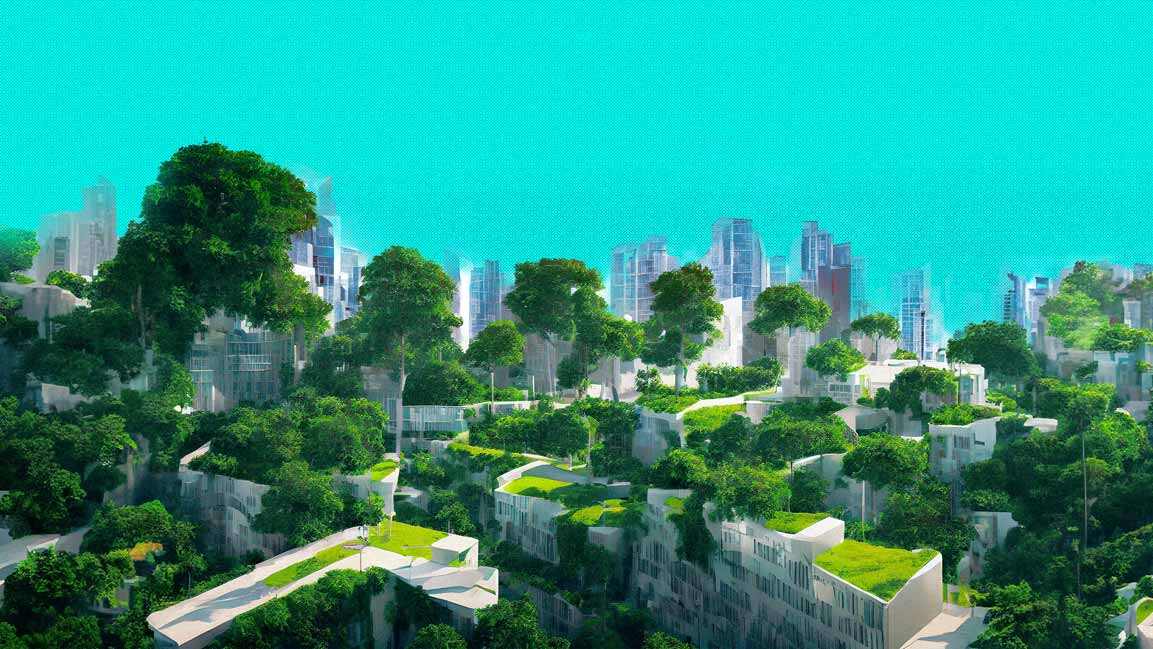
This is truly the age of the cities. With the dizzying array of urban ideas, it’s interesting to find out what’s going on in cities worldwide – be it good, bad, or ugly.
But what makes a city livable? The answer is that there is no single correct answer.
Some common issues are more affordable housing, better public transportation, roads free of traffic, and access to resources and services.
I’d say that most of the things I need should be within walking distance (I need smooth sidewalks), and if they’re not, it should be easy to take public transport. Plenty of parks and friendly neighbors would be a bonus.
There is no question that beauty sells, but good infrastructure, education, and safety are a city’s main charms for its inhabitants, supported by good healthcare and plenty of opportunities for culture and entertainment. Also, amid the factories and offices of the modern service economy, we long to live in a city with cycle lanes, good transport, botanic gardens, and waterfront areas with a tranche of restaurants serving all kinds of food.
It’s a pivotal time in history for many cities in the Middle East that are amid a reinvention to make life better for all residents through the creation of visionary developments and transportation infrastructure.
In fact, Dubai and Abu Dhabi are the best places to live in the Middle East and Africa (MEA) today, according to the Economist Intelligence Unit’s index. Kuwait City, Doha, and Bahrain joined Abu Dhabi and Dubai near the top.
These cities have focused on innovation, world-class infrastructure, and the need to transition towards sustainable development. They offer high standards of living, safety, and a multicultural environment.
Many are trying to integrate nature-based solutions, such as planting trees and expanding green spaces to improve urban environmental quality.
CITY PLANNING AND SUSTAINABILITY
“These cities have successfully developed and implemented long-term strategies prioritizing city planning and urban development. They have made significant investments in infrastructure and transportation systems, with an increasing focus on sustainability and adoption of smart city measures,” says Joseph Mazloum – Partner, Government and Public Institutions practice at Oliver Wyman, India, Middle East and Africa.
They achieved economic diversification through the creation of special economic zones and the growth of the tourism industry. They also have high-quality healthcare and public safety.
“What sets them apart is their willingness to think big and invest in transformative projects that redefine urban living, making them not just liveable but aspirational cities for the region and beyond,” says Baharash Bagherian, CEO of URB, a leading player in developing sustainable cities.
HOW TO IMPROVE OUR GLOBAL LIVEABILITY RANKING?
Fresh thinking and new technology can further improve the quality of all our city lives in the region.
Globally, the world’s top 3 most liveable cities are Vienna, Copenhagen, and Zurich. They all have various things to enjoy, including culture, sports, and cuisine. They have an efficient and affordable public transport network, a well-functioning healthcare system, numerous universities, and many green spaces. In Vienna, for example, to make the city cooler and massively reduce its CO2 emissions, small green oases are being created throughout the city where parking spaces once were, where residents can take responsibility for these islands, growing vegetables or planting flowers.
In the future, can Middle Eastern cities rank among the world’s best cities?
According to experts, for that to happen, they must continue prioritizing sustainability and human-centric design for that to happen. Enhance public transportation, expand green spaces, integrate smart technologies, and continue their efforts to attract top international higher education institutions and build affordable housing.
“A stronger focus on inclusivity, affordable housing, and resilient infrastructure will be essential in creating urban environments that are not only competitive but also enhance the well-being of all residents,” says Bagherian.
According to Mazloum, cities like Abu Dhabi and Dubai, which top the best cities in MEA, must further invest in and deploy green and sustainable urban development initiatives, such as renewable energy projects and promoting energy-efficient buildings. “Another priority lies in reducing waste and increasing recycling, reducing the use of landfills, and adopting circular economy principles.”
A key aspect of enhancing livability is the integration of big data, AI, and smart technologies to enhance city services such as traffic management, security monitoring, and utilities consumption.
Regional cities can further enhance their public transportation systems. Mazloum says, “In addition to existing metro systems in Dubai and Qatar and the upcoming metro in Riyadh, cities can promote multi-modal green/electric transport options. This includes implementing ART (Automated Rapid Transit) and BRT (Bus Rapid Transit), as well as integrating micro-mobility solutions.”
According to Monica Menendez, Professor of Civil and Urban Engineering at New York University Abu Dhabi, we should prioritize investments in a range of mobility options designed around people, not vehicles. This includes enhancing micro-mobility, improving public transportation, and expanding pedestrian-friendly spaces. “By providing a diverse set of transportation choices, we can encourage residents and visitors to explore the city more freely, engage more actively with their environment, and enrich their overall experience.”
That said, in many ways, many cities in the region were built for the car, and extricating ourselves from that web in a sustainable fashion may be challenging. We’re getting rid of our yards without building enough public green spaces to replace them. The issue of gentrification looms large.
“One of the key challenges is the limited integrated public transportation networks, which result in high car dependency, congestion, and pollution. This is further compounded by the cultural preference for single-family homes, leading to urban sprawl and increased infrastructure and transportation costs,” says Mazloum.
THERE ARE CHALLENGES
There are challenges. The 21st century has brought rapid urbanization, with cities across the region often ill-prepared to meet their growing population demand.
Like elsewhere, Middle Eastern cities also face challenges such as extreme climates and the need for sustainable resource management. According to Bagherian, balancing modern development with cultural heritage, addressing traffic congestion, and ensuring water and energy efficiency are critical issues.
“These cities must adopt innovative, adaptable solutions that tackle these challenges while creating resilient, vibrant urban environments that stand the test of time.”
Also, cities like Dubai, Abu Dhabi, and Doha arguably have the least affordable housing market in the region. We’ve been told that building is necessary to keep costs down. Yet, many development efforts have driven prices up in neighborhoods that were historically havens for working-class people.
Can we redevelop without turning into a playground for the rich?
“It is important to prioritize the provision and integration of more affordable neighborhoods to ensure middle-income residents and young professionals have access to housing options that meet their needs, promoting inclusivity and social cohesion,” says Mazloum.
Since cities in the region have their unique local context, including cultural traditions, climate, and environmental conditions, even though learning from others is valuable, directly importing solutions is not the answer, says Menendez.
“It is essential to figure out how to build future cities that honor our past and thoughtfully integrate new technologies while respecting traditional knowledge. This approach will ensure that urban development is innovative and deeply rooted in local identity,” adds Menendez.
PEOPLE THRIVE, NOT FUNCTION
Of course, these considerations are moot if we want to meet the challenges posed by global warming and population growth sustainably. However, our rapidly changing environment demands a flexible definition of livability, which means creating environments where people can thrive, not just function.
“It’s about designing cities that foster well-being, community, and a sense of belonging. A truly liveable city provides accessible amenities, safe public spaces, and opportunities for personal and professional growth, ensuring that residents can lead fulfilling and joyful lives,” says Bagherian.
Livable cities balance economic, social, and environmental sustainability to create vibrant environments that enhance their residents’ and users’ overall quality of life. “While happiness is a vital measure, it is not the only one to consider. We must also account for inclusiveness, accessibility, affordability, safety, health and well-being, social interaction, sense of community, and efficiency, among others,” adds Menendez.
The ideal livable city in the 21st century is difficult to pinpoint. The requirements and standards are continuously evolving. What truly matters is the dedication to addressing the challenges and actualities to bring our cities as near as possible to that objective.










